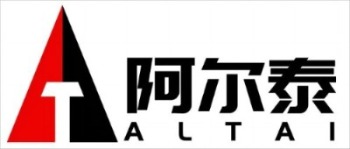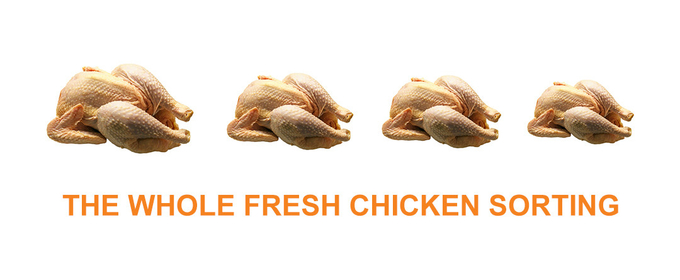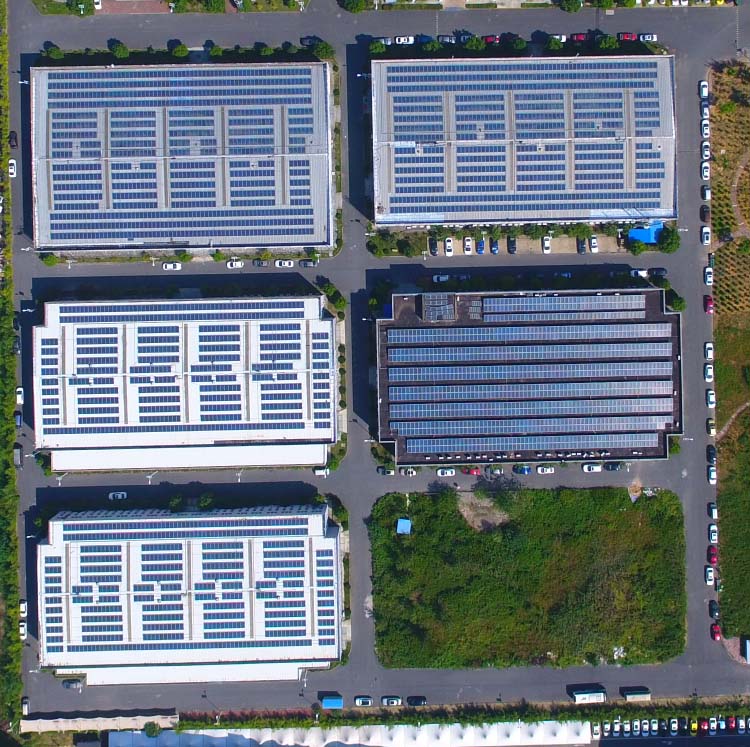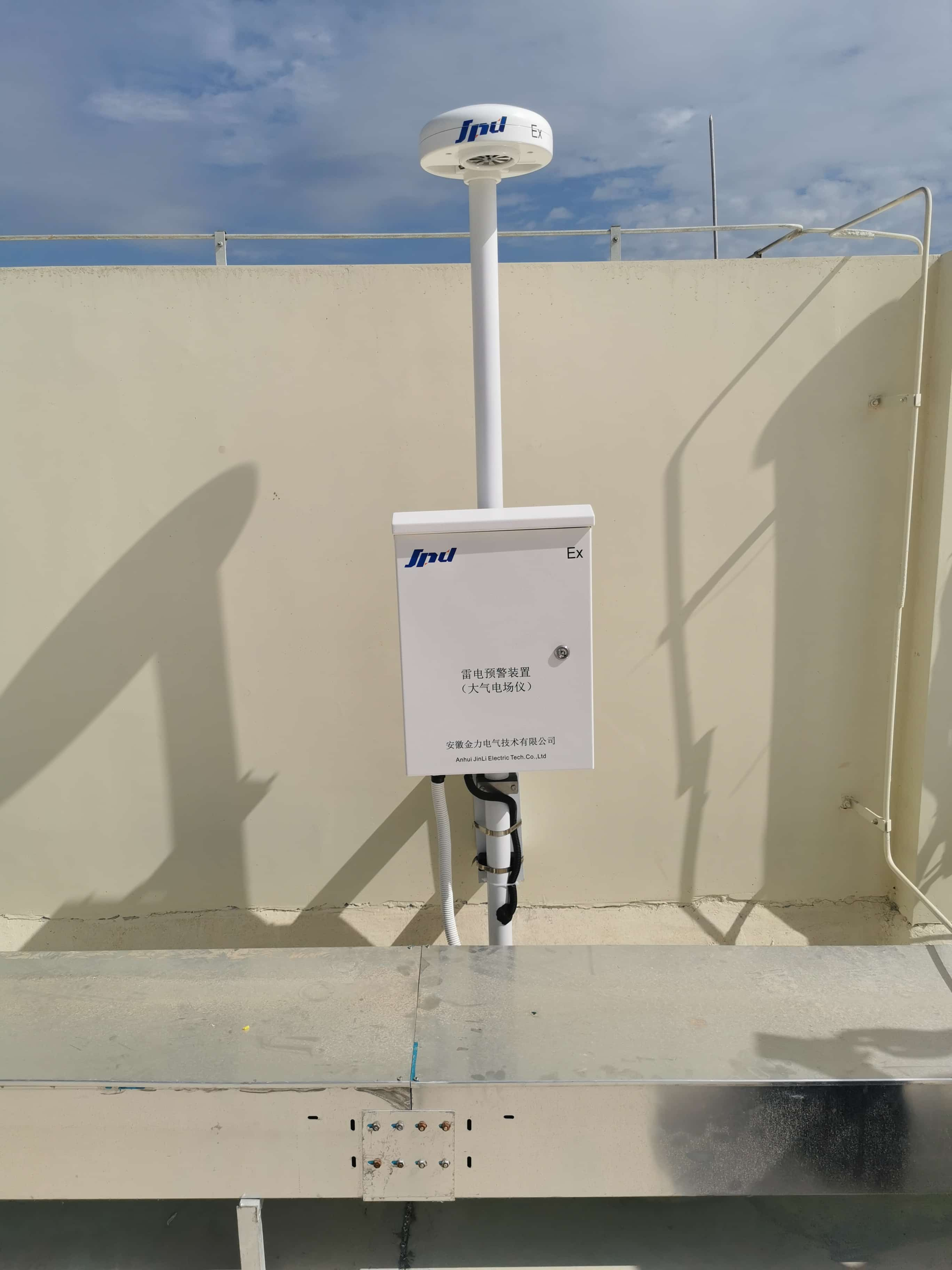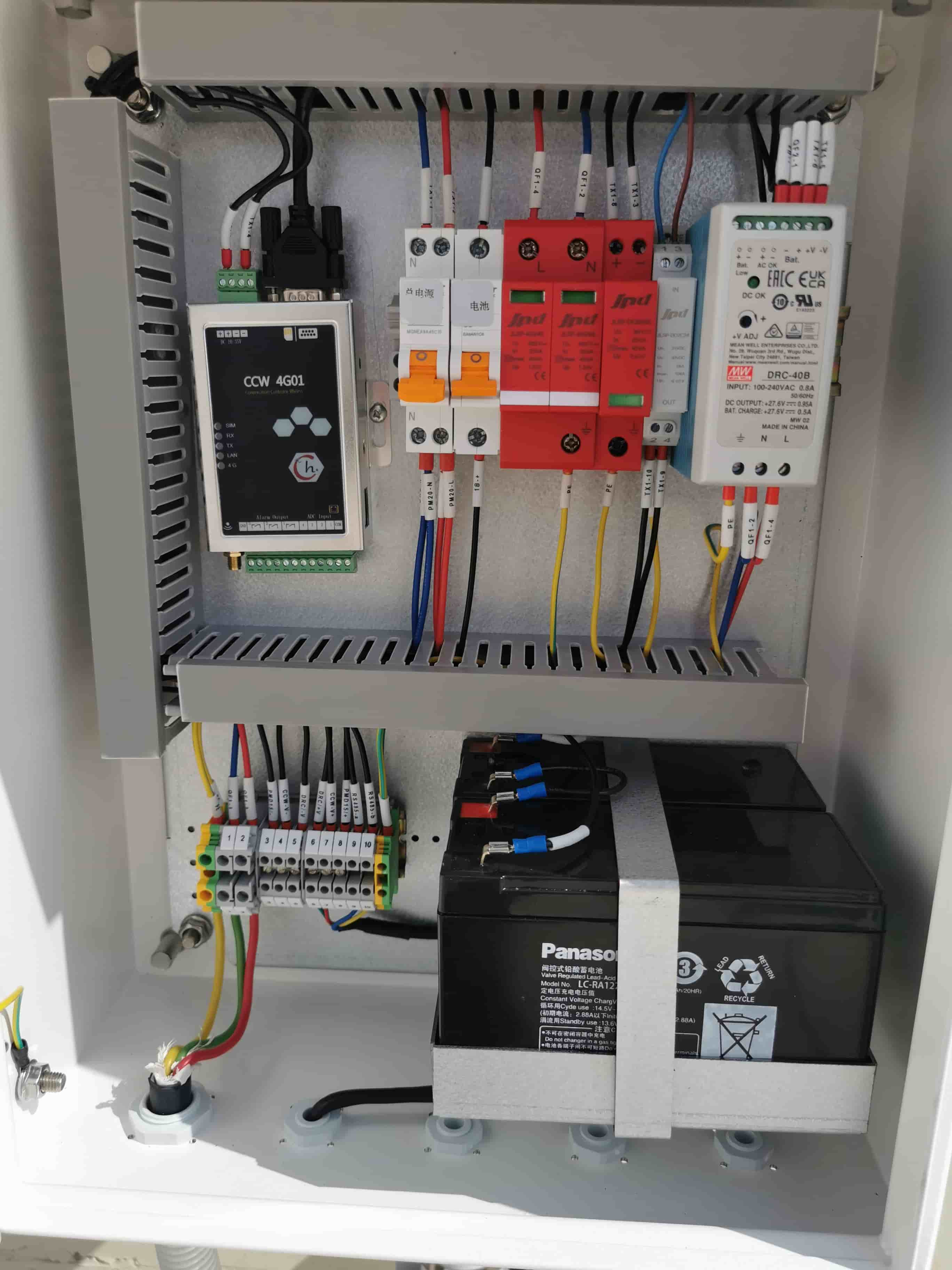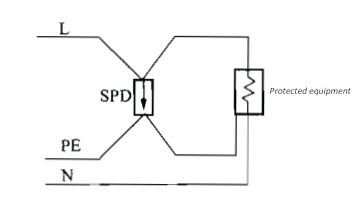The Difference between Angle Steel Telecom Tower and Self-Support Tower
- Angle steel telecom towers and self-support telecom towers are two common types of structures used in the telecommunications industry for supporting antennas, transmitters, and other equipment. Here are the key differences between angle steel telecom towers and self-support telecom towers:
- Angle Steel Telecom Tower:
-
Design and Structure:
- Angle steel telecom towers are typically lattice structures made of steel angles bolted or welded together to form a rigid framework.
- They consist of vertical and horizontal members interconnected to create a stable support structure for antennas and telecom equipment.
-
Support Mechanism:
- Angle steel towers rely on external support systems such as guy wires, which are anchored to the ground, to provide additional stability and prevent the tower from leaning or collapsing.
- Guy wires are essential for angle steel towers to withstand wind loads and lateral forces.
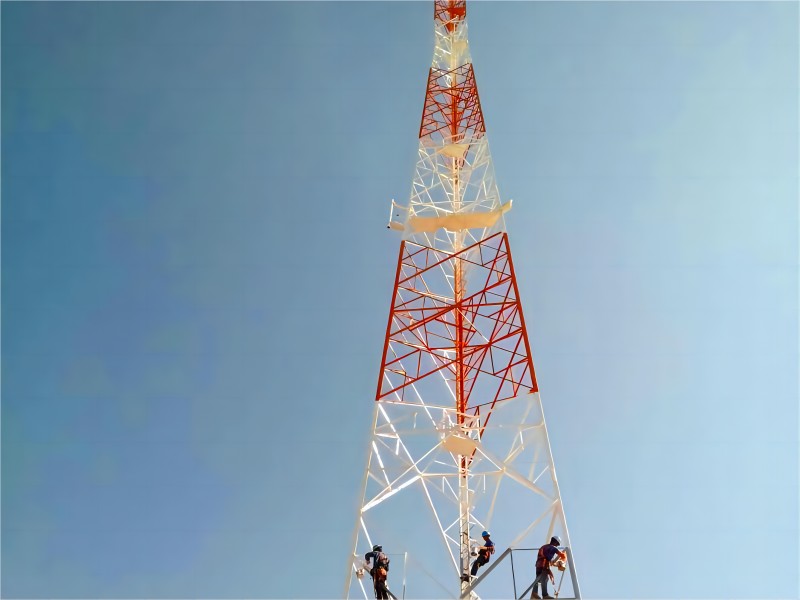
-
Height and Load Capacity:
- Angle steel towers can be designed to accommodate various heights and load capacities, depending on the specific requirements of the telecommunications equipment being mounted on the tower.
- They are suitable for medium to tall structures and can support multiple antennas and transmitters.
-
Installation and Maintenance:
- Angle steel towers are generally lighter and easier to transport and install compared to some other types of telecom towers.
- Maintenance of angle steel towers typically involves inspections of the structure, guy wires, and equipment mounted on the tower.
-
Design and Structure:
- Self-support telecom towers are standalone structures designed to be freestanding without the need for external guy wires or additional support mechanisms.
- These towers are typically more robust and self-supporting, with a broader base and increased structural stability.
-
Load Distribution:
- Self-support towers are designed to distribute the vertical and horizontal loads of the telecom equipment and antennas through the tower structure itself, without the reliance on guy wires.
- The tower's design and foundation are crucial to ensuring stability and load-bearing capacity.
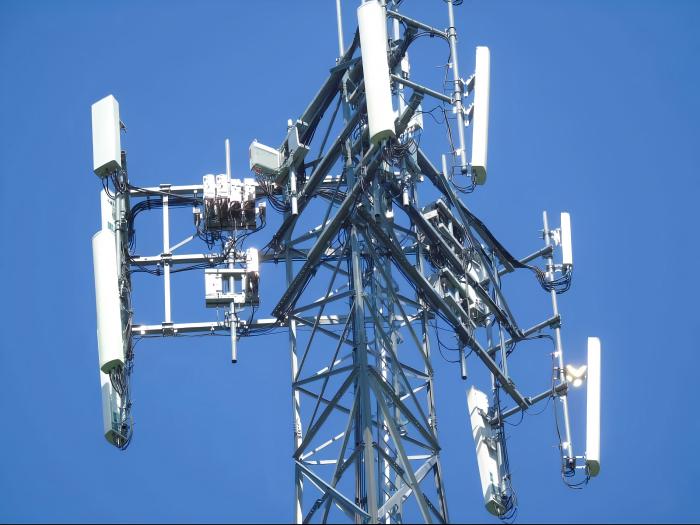
-
Height and Configuration:
- Self-support towers are commonly used for shorter to medium-height structures and are suitable for applications where space constraints or the absence of suitable anchoring points make guyed towers impractical.
- They can support various types of antennas, transmitters, and equipment at different heights on the tower.
-
Installation and Maintenance:
- The installation of self-support towers may require more complex foundation work to ensure the tower's stability and load-bearing capacity.
- Maintenance of self-support towers involves regular inspections of the tower structure, foundation, and equipment mounted on the tower to ensure structural integrity.
- In summary, angle steel telecom towers are lattice structures supported by guy wires, while self-support telecom towers are freestanding structures designed to support telecom equipment without the need for external support systems. The choice between these tower types depends on factors such as height requirements, load capacities, site conditions, and installation preferences in telecommunications infrastructure projects.
Learn more at www.alttower.com
